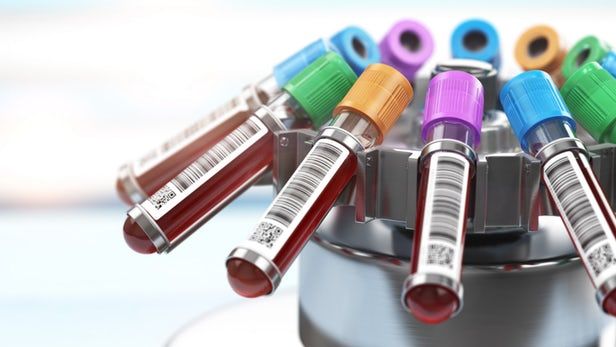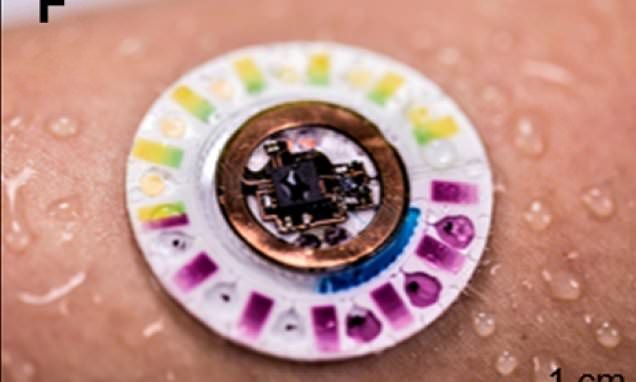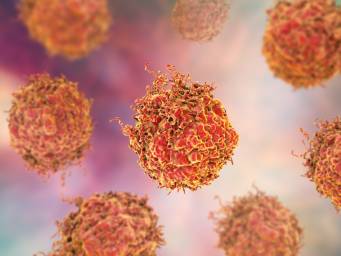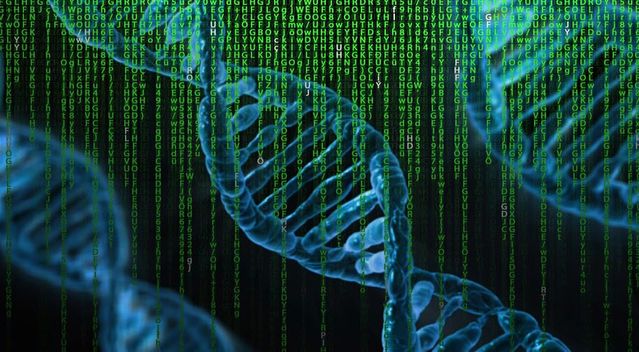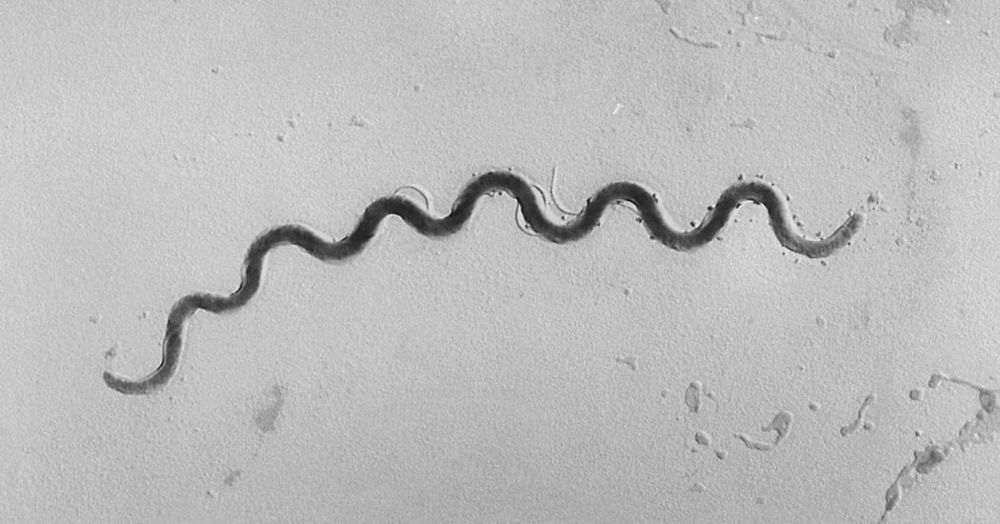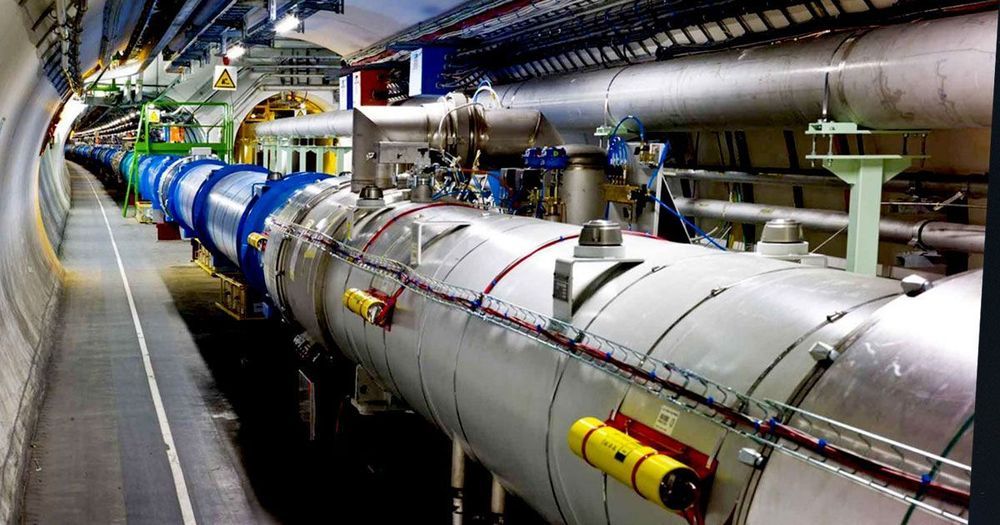Page 8884
Jan 21, 2019
Tiny skin patch the size of a dollar coin uses your sweat to measure health risks without a needle
Posted by Genevieve Klien in categories: biotech/medical, health, wearables
A new wearable patch can monitor your health through your sweat.
Fitness and health trackers are everywhere, but most of them are limited to collecting data on your heartbeat, how much your moving and information you manually input to their paired apps.
That’s helpful if you’re trying to get in shape, but for people suffering from chronic conditions and diseases — like kidney disease or cystic fibrosis — more exact and frequent analyses could alert them to life-endangering changes.
Jan 21, 2019
The Future Yet To Be Imagined
Posted by Michael Dodd in categories: economics, education, employment

Ladies Monday with Cindy Rampersaud.
How do we prepare young people for jobs that do not yet exist?
Jan 21, 2019
Time to Say Goodbye to Coffee?
Posted by Genevieve Klien in categories: climatology, existential risks, finance, sustainability
Saying farewell to coffee isn’t that easy. According to research about three-fifths of all our beloved coffee species are going to go extinct. This is a phenomenal amount of coffee that we risk losing.
Here’s something to think about as you sip that morning mochaccino:?Deforestation, climate change and the proliferation of pests and fungal pathogens are putting most of the world’s wild coffee species at risk of extinction.
At least 60 percent of wild coffee species are considered “threatened,” according to a study published this week in Science Advances. And fewer than half of all the wild species are safeguarded in so-called germplasm collections—banks for seed and living plants kept in protected areas as backups.
Jan 21, 2019
United Neuroscience’s Alzheimer Vaccine Just Might Work
Posted by Genevieve Klien in categories: biotech/medical, neuroscience
Jan 21, 2019
Prostate cancer: How immune cells promote tumor growth
Posted by Genevieve Klien in category: biotech/medical
New research analyzes prostate cancer cells and finds the reason why the body’s own immune system may promote progression of the disease.
Jan 21, 2019
AI Created in DNA-Based Artificial Neural Networks
Posted by Carse Peel in categories: bioengineering, biotech/medical, mathematics, neuroscience, robotics/AI, security
Mention artificial intelligence (AI) or artificial neural networks, and images of computers may come to mind. AI-based pattern recognition has a wide variety of real-world uses, such as medical diagnostics, navigation systems, voice-based authentication, image classification, handwriting recognition, speech programs, and text-based processing. However, artificial intelligence is not limited to digital technology and is merging with the realm of biology—synthetic biology and genomics, to be more precise. Pioneering researchers led by Dr. Lulu Qian at the California Institute of Technology (Caltech) have created synthetic biochemical circuits that are able to perform information processing at the molecular level–an artificial neural network consisting of DNA instead of computer hardware and software.
Artificial intelligence is in the early stages of a renaissance period—a rebirth that is largely due to advances in deep learning techniques with artificial neural networks that have contributed to improvements in pattern recognition. Specifically, the resurgence is largely due to a mathematical tool that calculates derivatives called backpropagation (backward propagation)—it enables artificial neural networks to adjust hidden layers of neurons when there are outlier outcomes for more precise results.
Artificial neural networks (ANN) are a type of machine learning method with concepts borrowed from neuroscience. The structure and function of the nervous system and brain were inspiration for artificial neural networks. Instead of biological neurons, ANNs have artificial nodes. Instead of synapses, ANNs have connections that are able to transmit signals between nodes. Like neurons, the nodes of ANNs are able to receive and process data, as well as activate other nodes connected to it.
Continue reading “AI Created in DNA-Based Artificial Neural Networks” »
Jan 21, 2019
Our galaxy’s supermassive black hole may be spewing matter right at us
Posted by Genevieve Klien in category: cosmology
The best image yet of the supermassive black hole at the centre of the Milky Way shows that if it has a powerful jet like others do, it may be pointing at Earth.
Jan 21, 2019
A Rising Threat to Pregnant Women: Syphilis
Posted by Genevieve Klien in category: futurism
The S.T.D. has gained ground among all women in the U.S., including those who are expecting.
